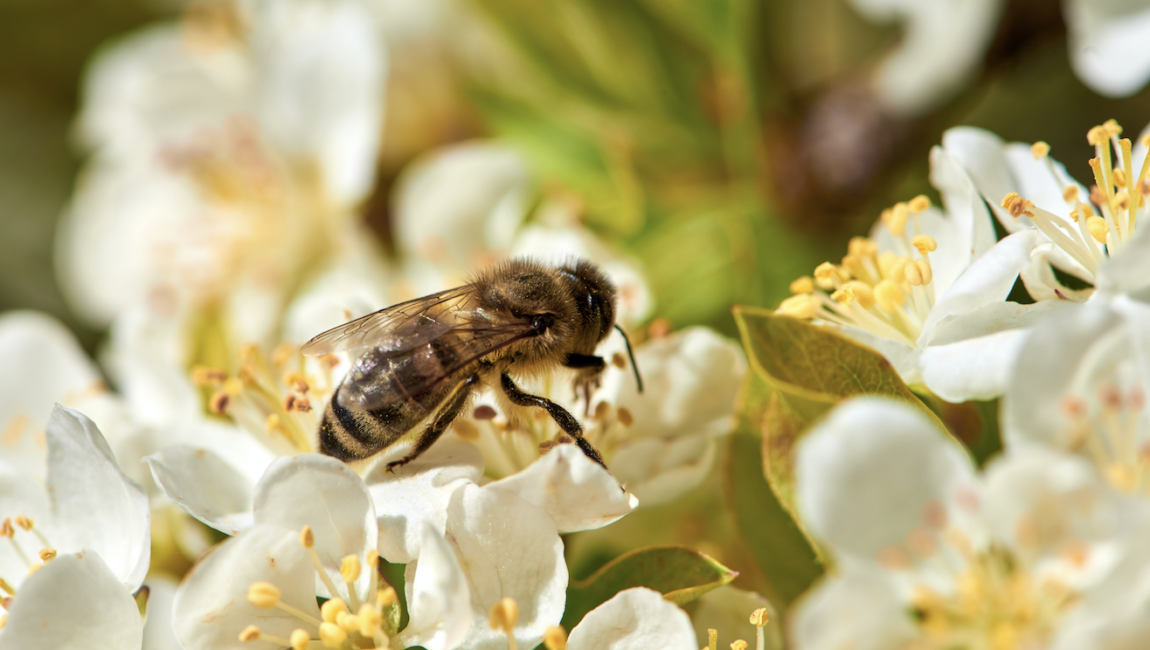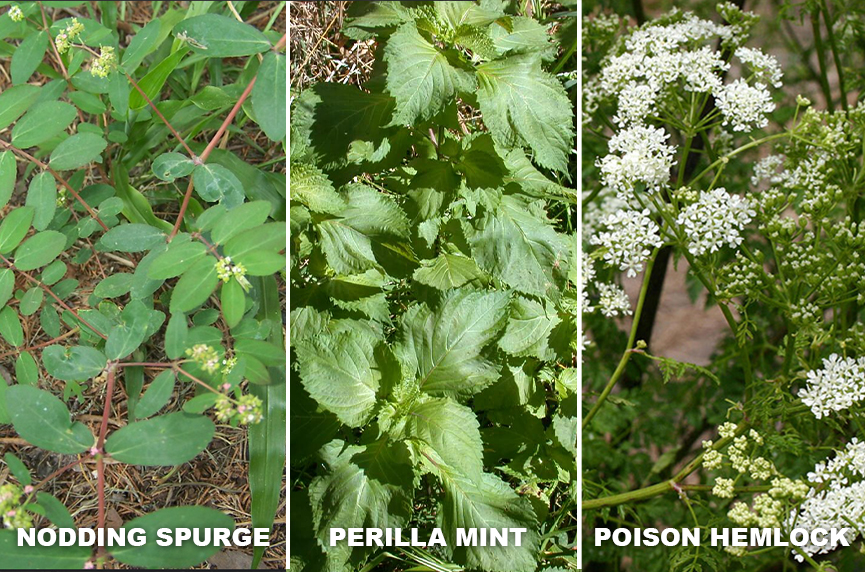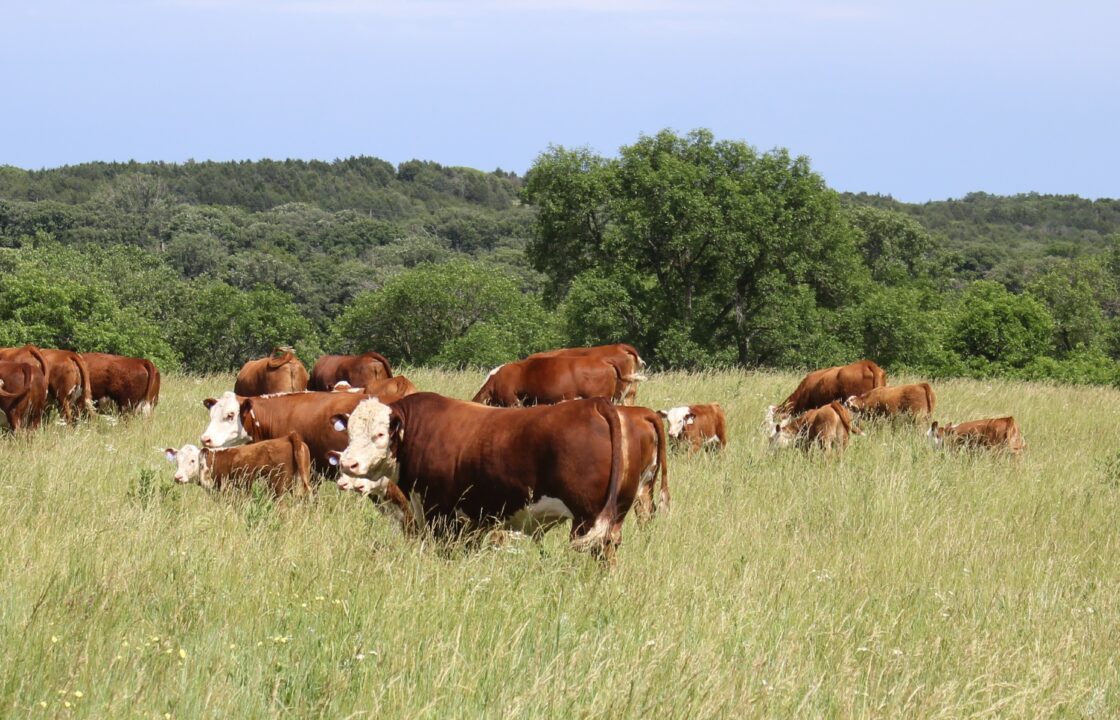
Pollinators play an important role in the growth of plants, and by keeping them in mind in our planting and field maintenance decisions, biodiversity and sustainability is supported.
Pollinators, including bees, butterflies, moths, beetles, flies, birds and bats, are needed for the reproduction of nearly all of the world’s seed plants. Effective seed dispersal and propagation replenishes the food of herbivores around the world, ensuring animals have enough plants to munch on and carry out their roles in the ecosystem.
Apart from being essential in reproduction, there is plenty of buzz around the benefits of pollinators for your plants–whether you’re dealing with pastures feeding cattle or a simple flower pot on your front porch. With the increased production in crop size and quality that comes with pollination, more nutrition is provided for those cattle, and more blooms are in your flower pots.
Of course, the visual appeal is nice, but conservation and sustainability are what is really important here—preserving land for the next generation. By supporting pollination, growers are supporting the earth’s natural ecosystem. Flowering plants produce breathable oxygen, helping combat rapidly increasing levels of carbon dioxide in the atmosphere and maintaining an environment wild plants can survive and reproduce in.
Flowering plants also support soil and water quality. Planted roots hold soil in place, preventing erosion, and foliage creates a buffer for rain, helping it return moisture to the atmosphere rather than heading straight below the surface.
Help Pollinators Do Their Job
Variety
It all comes down to variety. The first step in attracting any pollinators is adding some diversity to your plants. The more biodiversity you create, the more pollinators you will attract and benefits you will see. This can be super simple—plants and flowers that look different will attract different pollinators. Buds varying in size, shape, color or scent will create a more well-rounded environment for pollinators.
Environment
Along with having plenty of flowers to choose from, you can add even more to your land to help support pollinators. Leaving dead tree limbs, or even entire dead trees, among your blooms creates a safe space for bees to nest—just make sure they are not in a place where people will be walking below them. Salt licks are not just for cattle, either. Incorporating damp areas with salt on your land helps attract and nourish pollinators.
Maintenance
Once you have your pollinators’ sweet treats established, you’ll want to make sure it is properly maintained for maximum productivity and self-sufficiency. Having blooms throughout as much of the year as possible is an important step in having a self-sustaining habitat for pollinators, keeping them around longer. When you choose which plant varieties to include, choose a range of bloom dates.
Don’t forget, keep it simple—pollinators can’t recognize hybrids or modified modern plants to access the nectar and nourish the plants. Your traditional blooms are the way to go for bringing in the buzz. Additionally, you don’t need to put in the extra time and money to treat your plants with pesticides. These can harm your fluttering friends and reverse the progress you just made to create a healthy habitat for them.
Implementing some simple changes and improvements can have a large impact on the number of pollinators you attract on your land, and the benefits you see from them. Many of our Missouri Southern Seed Wildlife Seeds can be beneficial in creating a true pollinator paradise right in your backyard. Give us a call and let’s talk about how we can help you.


